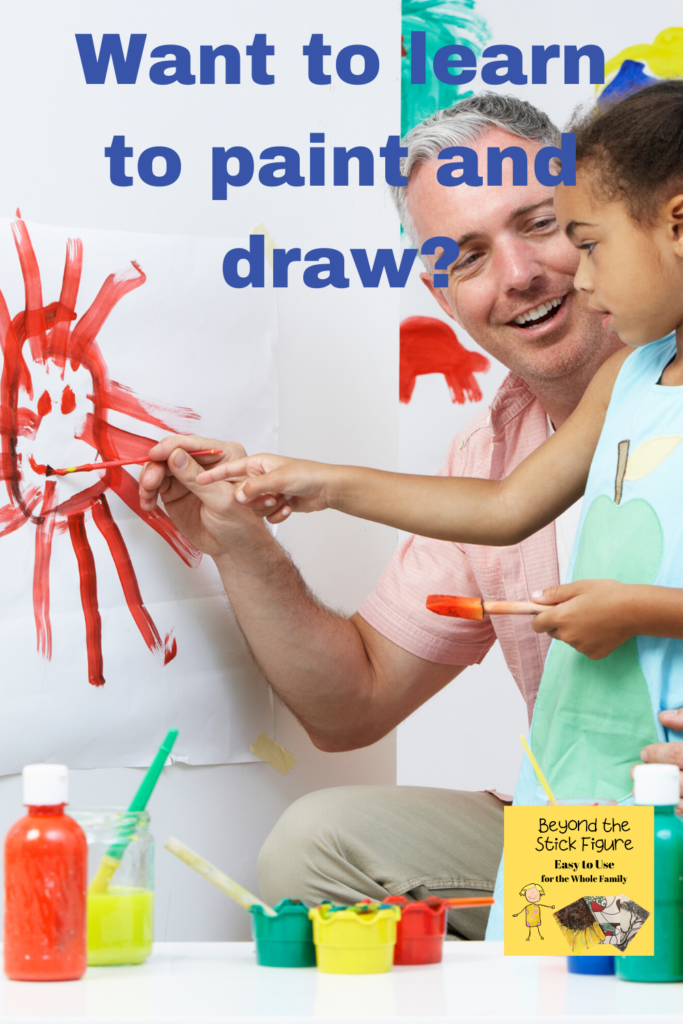Want to Play Again with Art!
Have you ever observed small children when they are given a collection of art supplies and a canvas or paper?
There is no hesitation. They do not dip their toes in the water to test the temperature. In fact, they dive in not knowing the depth of the water or the temperature. They do not care. Why? They are not afraid to play again with art.
Small children are natural artists. They love their art. They are proud of their art. You have a fridge full of paintings and drawings to prove it.
Play is the Work of Children
They are born with an innate sense that the world is a playground. Everything they do is play. They experiment and if something does not work they keep trying. We learn to walk by falling and falling and falling.
Somewhere along the road to adulthood we stop playing. Some people keep playing and are normally ones that become entrepreneurs.
How Children Learn to Draw
When children are young they draw imaginatively. They play as they draw. Art is play, to them. As they start to grow up they pass through a door of no return. They enter a phase where their drawings are now realistic. They see that scribbly stick figure for what it really looks like to everyone else. When they were younger they saw the Mona Lisa after they finished it. They wanted to show all their art work off and could not wait to do more.
This point arrives and most children have not been taught the technical skills to keep playing. They stop playing because it is not fun anymore. They want drawings and paintings that they can show off and be proud of and they have no idea how to do that. When art is not fun anymore they go on to something else.

What Happens if Children Do Not Learn to Draw?
The other scenario is that before they reach the point where they enter the land of realism a teacher tells them in front of a class that their work is wrong. That will end their joy faster than it would normally happen.
We play because play is enjoyable. We do not gravitate towards things that are hard or make us feel insecure. Young artists develop a fear that stifles creativity. That fear can be with them all their lives and they are totally convinced that they cannot draw or paint.
I meet these adults and older children all the time. Even professional artists can be stifled by fear. Creative people are known for their insecurity. Even though I try to instill in my students that their opinion of their work is the only thing that matters, I still want people to love my work and so do they.
So, How Do We Learn to Play again with Art?
We need to think like small children. We need to redeem that bravado when faced with a pile of art materials. How does that happen? Baby steps! You cannot paint a Mona Lisa on your first day but you can paint a small flower or simple landscape if you follow detailed instructions.
When I teach a class to “non” artists, they enter the room with trepidation and fear. They all tell me they are useless at the subject but they have a desire to paint.
I sit them down and slowly walk them through why they are using the materials I give them and how to paint a simple picture one part at a time. Little by little a picture appears. It is a painting of something that looks realistic. By the end of the class their heads are held high and they are chattering about where to buy art materials like excited little children. They are playing again because the fear dropped away. Learning to play again does not happen on its own. It is a journey. It is one that can happen if you find the right teacher and catch their passion in any subject not just art.


